Today, we engaged in two mini-inquiry activities. For the first, we were invited to investigate two texts in which the authors utilized dialogue. Using the Visible Thinking: See. Think. Wonder. Routine, we made notes and noticings related to punctuation, position, and purpose.
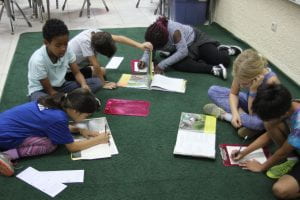
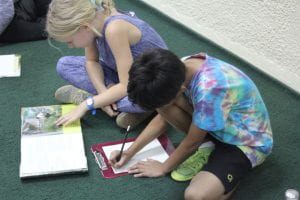
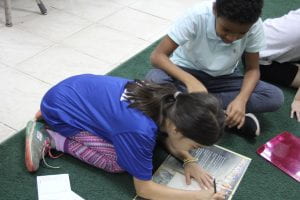
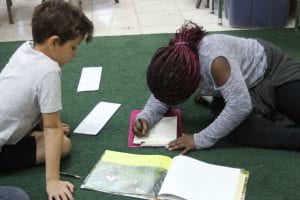
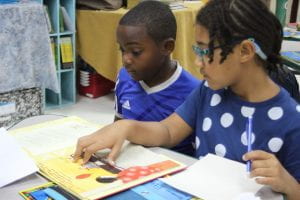
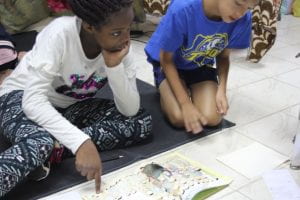

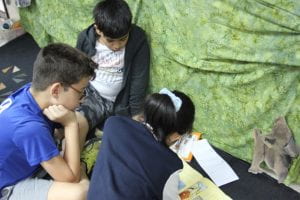
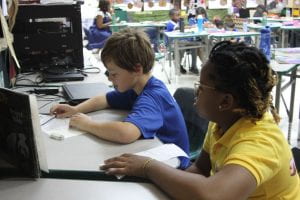
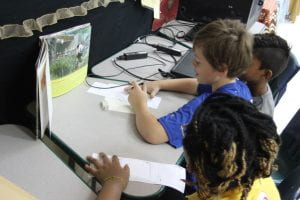
Dialogue is a great way to add voice to your writing. As we continue to draft and revise our mysteries, it would be worth considering incorporating some dialogue between characters.
Multiple Sources
- Wallingford Elementary Dialogue Rules
- Khan Academy: Dialogue (assigned)
- NoRedInk: Diving into Dialogue (assigned)
Our second inquiry required table group triads to inquire into three- and four-sided figures. Once again, our observational skills were called to action. As mathematical problem solvers, we were challenged to use math language to describe our findings. This got us flipping through the pages of a mathematical multiple source in our class and scrolling through Math is Fun, a wonderful online resource. Groups used multiple sources to learn about the shapes and chose one on which to become an expert. After posting to a padlet, groups collaborated to create a multiple source for others to use.
Padlet Painting: Pablo Picasso’s Brick Factory at Tortosa
Multiple Sources about Pablo Picasso
- Who is Pablo Picasso?
- Kiddle: Pablo Picasso Facts for Kids
- Making Art Fun: Meet Pablo Picasso
- Ducksters: Pablo Picasso
- Cool Kid Facts: Pablo Picasso
Reflection: How does geometry play a role in Picasso’s art?


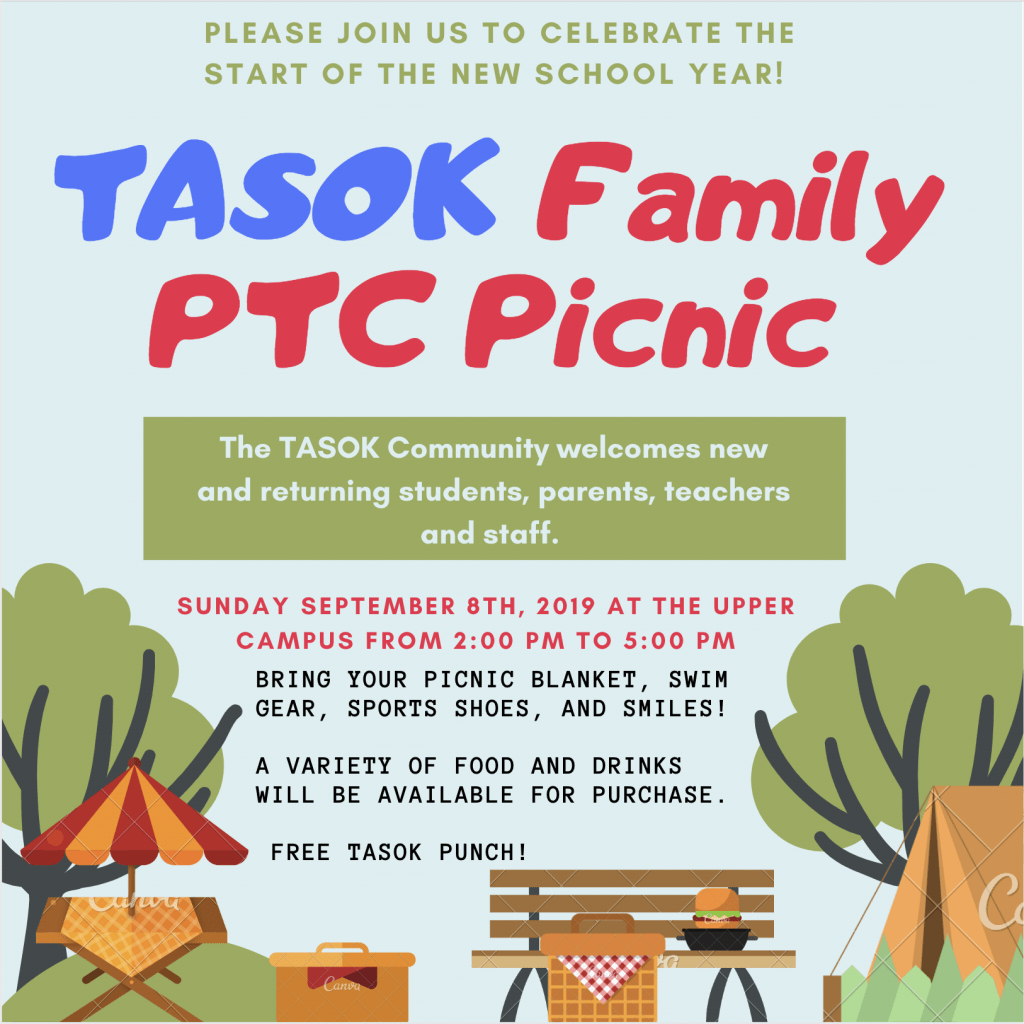
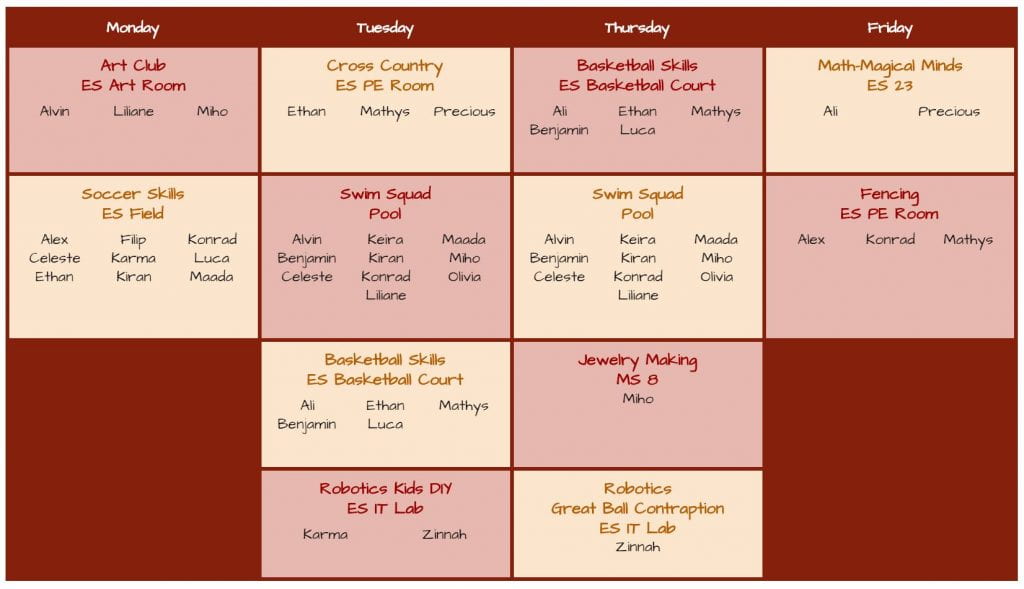
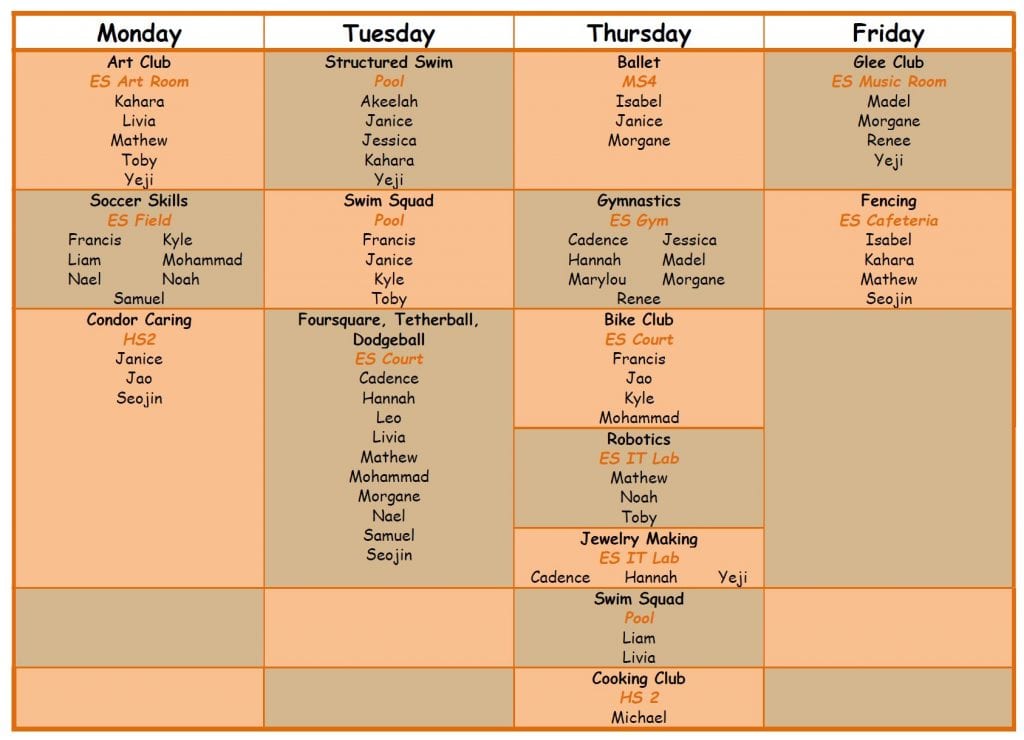
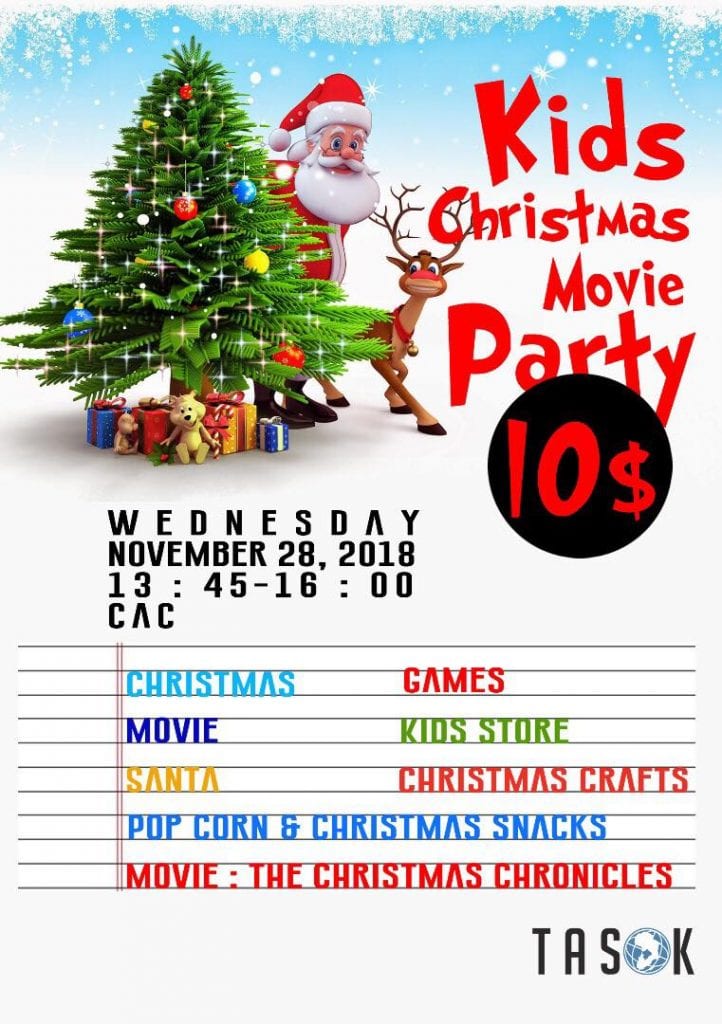
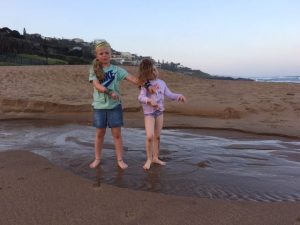
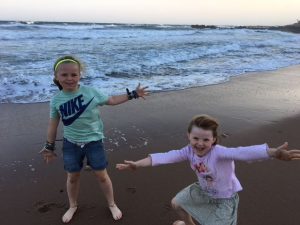
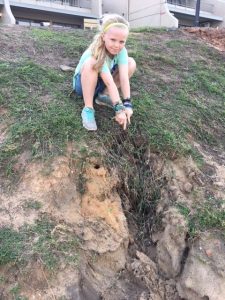
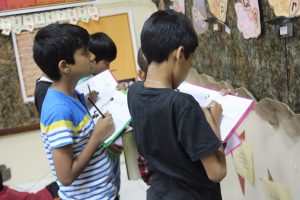
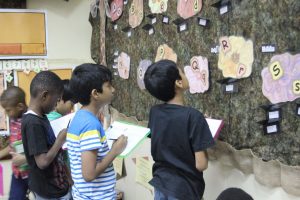
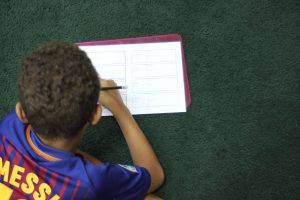
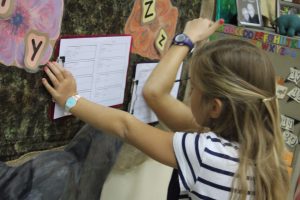
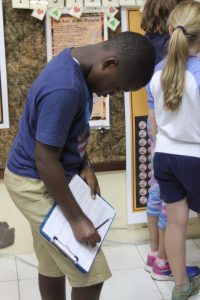
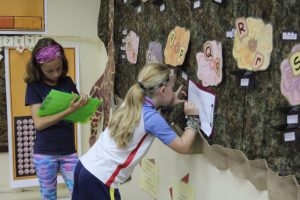
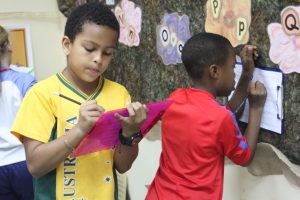
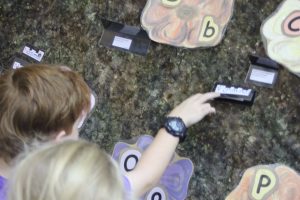
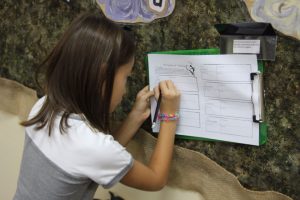
 He threw with all his might, but the third stone came skipping back.
He threw with all his might, but the third stone came skipping back.